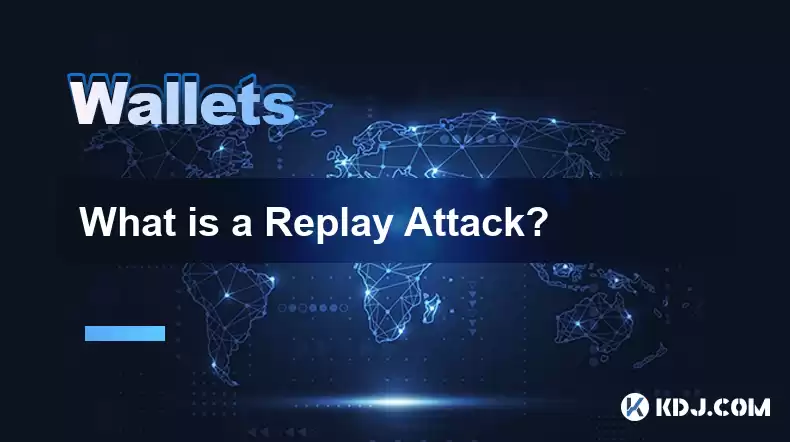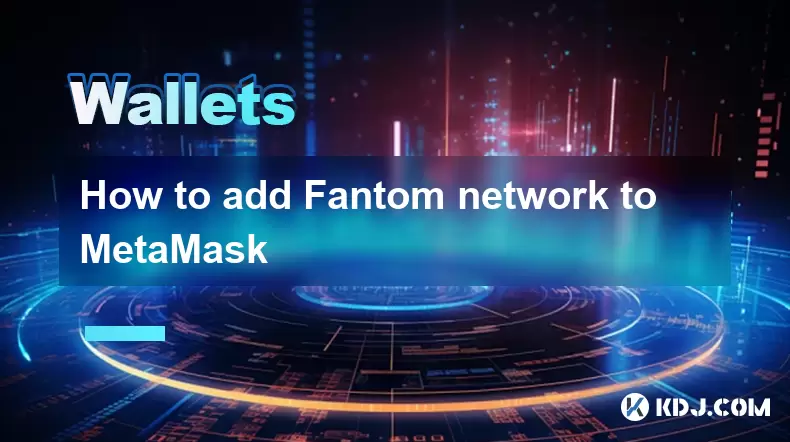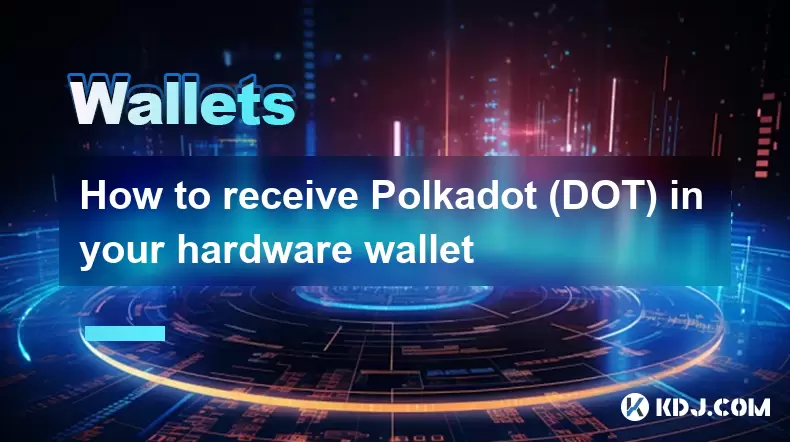-
 Bitcoin
Bitcoin $115100
1.27% -
 Ethereum
Ethereum $3675
2.71% -
 XRP
XRP $2.995
1.45% -
 Tether USDt
Tether USDt $1.000
0.02% -
 BNB
BNB $769.8
2.64% -
 Solana
Solana $168.0
3.25% -
 USDC
USDC $0.9999
-0.01% -
 TRON
TRON $0.3371
1.48% -
 Dogecoin
Dogecoin $0.2051
3.36% -
 Cardano
Cardano $0.7394
2.30% -
 Hyperliquid
Hyperliquid $38.15
0.42% -
 Stellar
Stellar $0.3966
-0.36% -
 Sui
Sui $3.486
2.93% -
 Chainlink
Chainlink $16.72
2.52% -
 Bitcoin Cash
Bitcoin Cash $568.0
4.36% -
 Hedera
Hedera $0.2440
2.59% -
 Ethena USDe
Ethena USDe $1.001
0.04% -
 Avalanche
Avalanche $22.16
2.06% -
 Litecoin
Litecoin $119.1
-0.73% -
 UNUS SED LEO
UNUS SED LEO $8.991
0.04% -
 Toncoin
Toncoin $3.232
-0.39% -
 Shiba Inu
Shiba Inu $0.00001233
2.82% -
 Uniswap
Uniswap $9.717
2.53% -
 Polkadot
Polkadot $3.664
1.85% -
 Dai
Dai $1.000
0.01% -
 Monero
Monero $281.2
-3.89% -
 Bitget Token
Bitget Token $4.350
1.55% -
 Cronos
Cronos $0.1428
5.07% -
 Pepe
Pepe $0.00001050
3.68% -
 Aave
Aave $262.3
3.54%
What is a Replay Attack?
Replay attacks, where an attacker resubmits a valid transaction, can result in double-spending, theft of funds, and blockchain congestion.
Feb 21, 2025 at 12:55 am

Understanding Replay Attacks in Cryptocurrency Transactions
Key Points:
- Definition and mechanisms of replay attacks
- Impact of replay attacks on blockchain security
- Detection and mitigation techniques for replay attacks
- Best practices for preventing replay attacks
- FAQs on replay attacks and their implications
What is a Replay Attack?
A replay attack occurs when an attacker intercepts and resubmits a valid cryptographic message to a recipient, tricking the recipient into processing the message multiple times. In the context of cryptocurrency transactions, this can lead to unauthorized spending or the theft of funds.
Mechanisms of Replay Attacks
There are two common methods for replaying transactions:
- Simple replay: The attacker intercepts a signed transaction and rebroadcasts it on the network. This exploit requires the attacker to have access to the private key used to sign the transaction.
- Complex replay: The attacker creates a valid but new transaction using the same transaction ID as a previously broadcast transaction. This requires advanced technical knowledge and computational resources.
Impact on Blockchain Security
Replay attacks undermine the integrity and security of blockchain networks:
- Double-spending: An attacker can replay a legitimate transaction to spend the same cryptocurrency multiple times.
- Theft of Funds: Attackers can intercept and replay transactions that involve large sums of money, resulting in financial losses for victims.
- Blockchain Congestion: Multiple replayed transactions can saturate the network, slowing down or disrupting operations.
Detection and Mitigation Techniques
Detecting and mitigating replay attacks involves a combination of technical and security measures:
- Sequence numbers: Transactions include sequence numbers to prevent replay attacks. Each transaction has a unique sequence number, ensuring that it can be processed only once.
- Time-stamping: Transactions include timestamps to ensure that they are processed in a timely manner. Any replayed transactions with outdated timestamps will be rejected.
- Nonce-based mechanisms: Nonces (random values) are included in transactions to mitigate complex replay attacks. The nonce ensures that each transaction is unique, making it difficult for attackers to replay old transactions.
- Strong encryption: Highly secure encryption algorithms are used to prevent attackers from accessing private keys and intercepting signed transactions.
- Security audits: Regular security audits can identify potential vulnerabilities that could be exploited by replay attacks.
Best Practices
Individuals and businesses can take proactive measures to prevent replay attacks:
- Use reliable hardware: Utilize hardware wallets or software wallets that provide strong security against unauthorized access.
- Avoid unencrypted channels: Avoid transmitting cryptocurrency transactions over unencrypted channels (such as public Wi-Fi networks).
- Confirm transaction details: Carefully check transaction details before broadcasting them on the blockchain. Ensure you are sending funds to the correct recipient with the intended amount.
- Enable security measures: Activate additional security features provided by cryptocurrency wallets, such as two-factor authentication or multi-signature wallets.
- Stay informed: Keep up to date with the latest advancements in blockchain security and best practices to protect against emerging threats.
FAQs on Replay Attacks
Q: Can replay attacks occur on all blockchains?
A: Replay attacks are theoretically possible on any blockchain that does not enforce strict protections against transaction replay.
Q: How can I check if my cryptocurrency has been replayed?
A: Track your transaction history carefully. If you notice multiple transactions with the same transaction ID, contact your cryptocurrency exchange or wallet provider immediately.
Q: Are replay attacks a common occurrence?
A: Replay attacks are not common but can occur if proper security measures are not implemented.
Q: What can exchanges do to prevent replay attacks?
A: Exchanges can implement sequence number checks, time-stamping, nonce-based mechanisms, and strong encryption to safeguard against replay attacks.
Q: What are the potential consequences of a successful replay attack?
A: Successful replay attacks can lead to double-spending, theft of funds, and blockchain congestion, potentially undermining user confidence and the integrity of the cryptocurrency ecosystem.
Disclaimer:info@kdj.com
The information provided is not trading advice. kdj.com does not assume any responsibility for any investments made based on the information provided in this article. Cryptocurrencies are highly volatile and it is highly recommended that you invest with caution after thorough research!
If you believe that the content used on this website infringes your copyright, please contact us immediately (info@kdj.com) and we will delete it promptly.
- Fireverse Token: Igniting a Musical Revolution in Web3
- 2025-08-07 08:27:45
- Ethereum, L2 Withdrawals, and Decentralization: A New Yorker's Take
- 2025-08-07 08:32:33
- Avalanche vs. Ruvi AI: Daily Sales Tell a Story of Crypto Disruption
- 2025-08-07 06:29:35
- DeSoc: The Crypto to Buy Now for a Decentralized Future (and Maybe 43x Gains!)
- 2025-08-07 06:50:16
- Arctic Pablo Coin: Riding the Meme Coin Wave with a Deflationary Twist
- 2025-08-07 07:18:13
- XRP Price Skyrocket? Decoding the Cryptocurrency's Next Move
- 2025-08-07 07:31:50
Related knowledge

How to add Fantom network to MetaMask
Aug 07,2025 at 08:21am
Understanding the Fantom Network and MetaMask IntegrationThe Fantom network is a high-performance, scalable, and secure blockchain platform designed f...

How to export your transaction history from Coinbase Wallet
Aug 07,2025 at 06:50am
Understanding Coinbase Wallet and Transaction HistoryCoinbase Wallet is a self-custodial cryptocurrency wallet that allows users to store, manage, and...

How to export your transaction history from Coinbase Wallet
Aug 07,2025 at 08:49am
Understanding Coinbase Wallet and Transaction HistoryCoinbase Wallet is a self-custodial cryptocurrency wallet that allows users to store, manage, and...

How to set up a new Ledger Nano S Plus
Aug 07,2025 at 06:01am
Unboxing and Initial InspectionWhen you receive your Ledger Nano S Plus, begin by carefully unboxing the package. Inside, you should find the Ledger N...

How to receive Polkadot (DOT) in your hardware wallet
Aug 07,2025 at 07:03am
Understanding Polkadot (DOT) and Hardware Wallet CompatibilityReceiving Polkadot (DOT) into a hardware wallet begins with understanding the ecosystem ...

How to receive NFTs in your Ledger Nano X
Aug 07,2025 at 02:45am
Understanding NFTs and Ledger Nano X CompatibilityNFTs (Non-Fungible Tokens) are unique digital assets stored on a blockchain, typically on networks l...

How to add Fantom network to MetaMask
Aug 07,2025 at 08:21am
Understanding the Fantom Network and MetaMask IntegrationThe Fantom network is a high-performance, scalable, and secure blockchain platform designed f...

How to export your transaction history from Coinbase Wallet
Aug 07,2025 at 06:50am
Understanding Coinbase Wallet and Transaction HistoryCoinbase Wallet is a self-custodial cryptocurrency wallet that allows users to store, manage, and...

How to export your transaction history from Coinbase Wallet
Aug 07,2025 at 08:49am
Understanding Coinbase Wallet and Transaction HistoryCoinbase Wallet is a self-custodial cryptocurrency wallet that allows users to store, manage, and...

How to set up a new Ledger Nano S Plus
Aug 07,2025 at 06:01am
Unboxing and Initial InspectionWhen you receive your Ledger Nano S Plus, begin by carefully unboxing the package. Inside, you should find the Ledger N...

How to receive Polkadot (DOT) in your hardware wallet
Aug 07,2025 at 07:03am
Understanding Polkadot (DOT) and Hardware Wallet CompatibilityReceiving Polkadot (DOT) into a hardware wallet begins with understanding the ecosystem ...

How to receive NFTs in your Ledger Nano X
Aug 07,2025 at 02:45am
Understanding NFTs and Ledger Nano X CompatibilityNFTs (Non-Fungible Tokens) are unique digital assets stored on a blockchain, typically on networks l...
See all articles

























































































